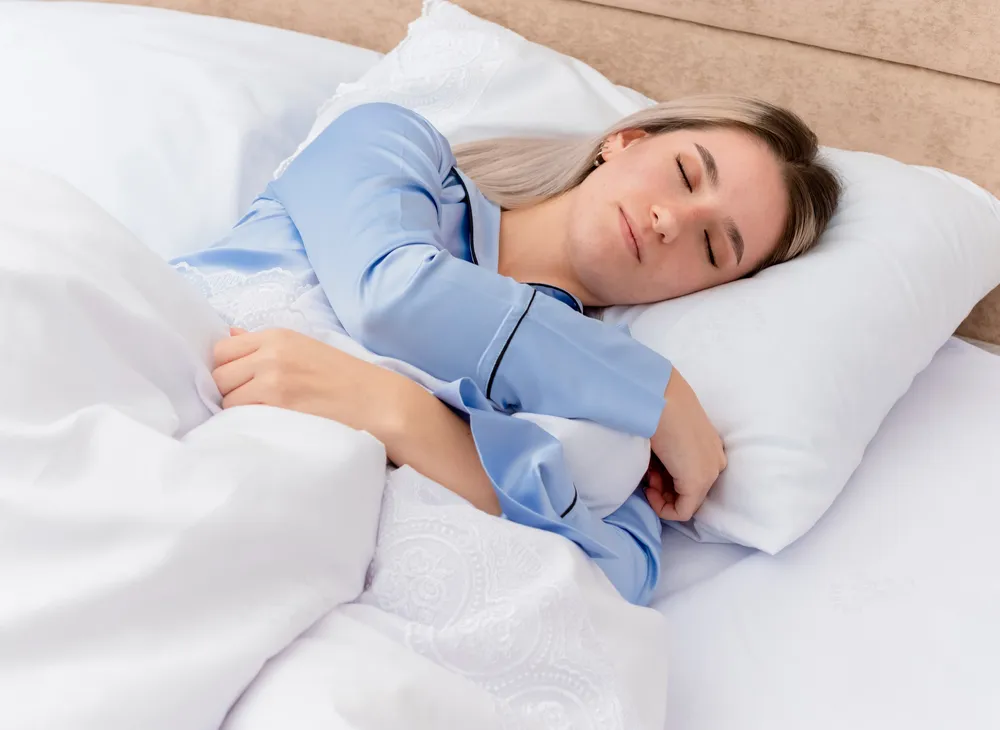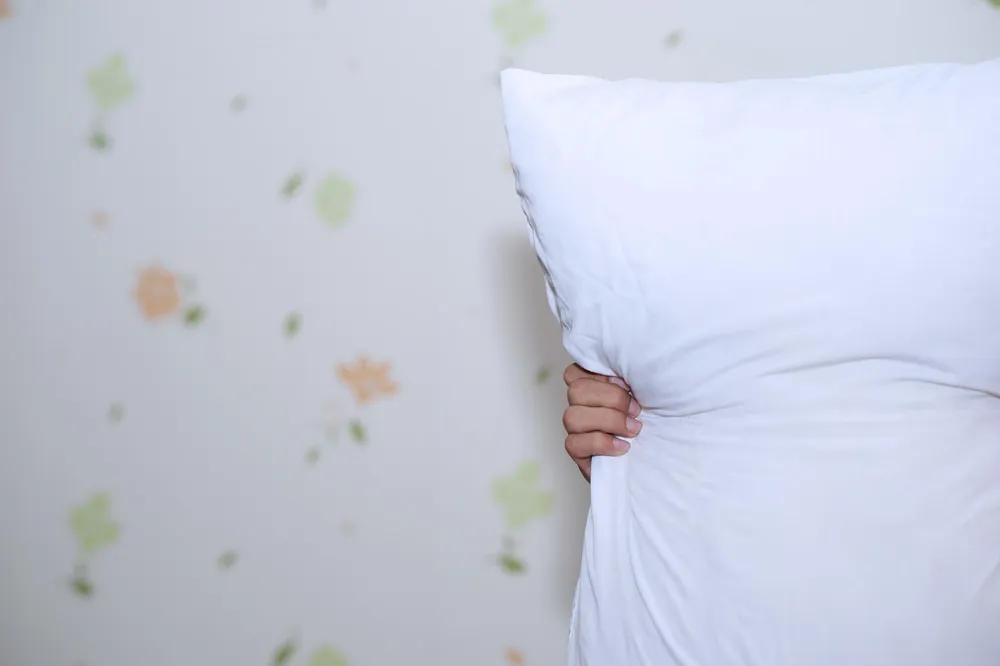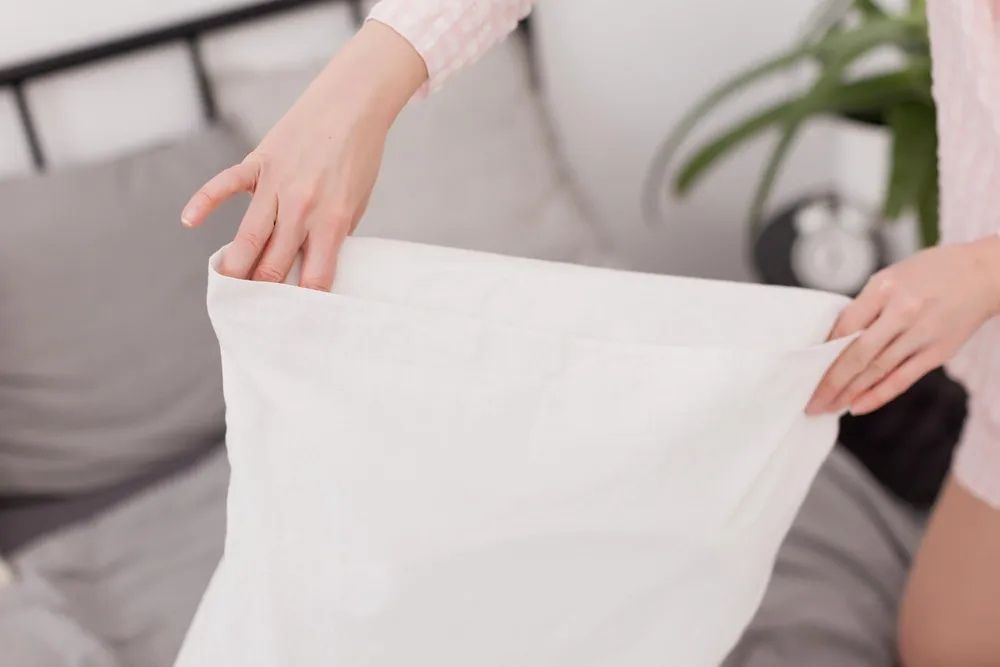
How Many Years Should Your Pillow Last Before You Replace It?
When you think about truly restorative sleep, your cervical pillow plays a bigger role than you realize. The right cervical pillow supports your neck, keeps your spine aligned, and directly affects how rested you feel every morning.

Embrace your pillow’s lifespan
At Lil Angel Pillows, we believe that understanding your cervical pillow is the first step to sleeping better. When you know how long a orthopedic pillow can truly serve you, you can protect your investment and avoid waking up with “mysterious” neck pains. Pillow lifespan becomes part of your sleep routine, just like washing your sheets or dimming the lights before bed. Sleep experts generally recommend replacing most pillows around every one to two years, because support, hygiene, and comfort slowly decline with daily use. Fillings compress, fabrics absorb sweat and oils, and tiny particles accumulate in the layers closest to your face. Even if your pillow still looks fine at a glance, it may no longer be doing its job as quietly and efficiently as it did when it was new.
PERFORMANCE: how long can a cervical pillow really support you?
The first dimension of lifespan is performance. A new pillow should hold your head at the right height, keep your neck in a neutral position, and help your cervical spine stay aligned. Over time, you might notice that you need to fold, punch, or stack your pillow to feel supported. That is your body telling you that the internal structure is breaking down.
Different materials age at different speeds. Basic synthetic-fill pillows often feel wonderful for a short time, then quickly become flat or uneven. Standard memory-foam pillows tend to last longer, but softer foams can sag with constant pressure. Premium foams and latex are more resilient and can stay supportive for several years when cared for properly.
COMFORT: why the rigth cervical pillow is more than softness
Comfort is not just softness. Real comfort is the combination of softness and correct support. A very soft pillow that collapses under the weight of your head may feel cozy at first, but if it allows your neck to bend out of alignment, it can eventually cause stiffness or headaches. As your Orthopedic pillow ages, that balance changes. You may catch yourself waking up to adjust the pillow or pushing it into strange shapes just to feel okay. Those are clear signs that your pillow is past its comfort peak and probably past its ideal lifespan.

PRACTICALITY: hygiene, allergies, and real-life use
Practical lifespan is also about hygiene. Cervical pillows rest very close to your nose, mouth, eyes, and skin for hours every night. Over months and years, they naturally collect sweat, skin oils, dead skin cells, and dust, which can be especially troublesome for people with allergies, asthma, or sensitive skin.
Using a protective zippered cover and washing your pillowcase weekly extend the life of the pillow and keep it fresher. But even with good care, no pillow can last forever in terms of cleanliness. If you notice yellow stains, a musty smell, or more sneezing and congestion at night, your pillow may be telling you that its practical lifespan has ended, even if it still feels reasonably comfortable.
SATISFACTION: how to help your cervical pillow live its best years
We design Lil Angel products carefully because we know that a well-built pillow plus good habits equals more years of healthy use. A few simple steps make a big difference:
- Use a high-quality pillow protector under your pillowcase to block sweat and dust from reaching the core.
- Follow the care instructions—some fills can be machine washed, while solid memory foam should be spot-cleaned only.
- Every few months, check: does it still cradle your neck, or do you wake up hunting for a comfortable position?

SATISFACTION: listen to how your body wakes up
The most important measure of pillow lifespan is not the date of purchase; it is the way you feel when you wake up. If your pillow is fairly new but you already notice a tight neck, a dull headache, or tension in your shoulders, it may not be the right shape or material for you. If your cervical pillow is a few years old and your sleep quality is slowly declining, it may simply be too old to keep doing its job. Your muscles and joints will often tell you the truth long before the pillow looks “old” on the outside.

So, how many years should your pillow last?
For standard, everyday pillows, planning a replacement about every one to two years is a smart baseline. For high-quality, medical-grade designs like Lil Angel’s cervical memory-foam support, you can realistically expect a longer useful life—often three, four, or even five years of consistent support when the pillow is protected and cared for properly. The better the materials and the better your care, the more years you will enjoy.
But in the end, the right moment to replace an orthopedic pillow is whenever it stops helping you wake up well. If you are constantly adjusting it, if your neck hurts in the morning, if allergies flare at night, or if the pillow no longer feels clean and supportive, that is your cue. A pillow is a relatively small upgrade that can transform how every single day begins. That simple decision can change the way you rest.
At Lil Angel Pillows, our goal is to respect both your rest and your investment. That is why we design medical-grade cervical pillows with carefully engineered memory foam, breathable cotton pillowcases, and a unique system that keeps support exactly where your neck needs it all night long. When you choose quality, understand your pillow’s lifespan, and replace it at the right time, you are not just buying a product—you are giving your body the chance to sleep, heal, and wake up the way it was meant to.








Add comment